Eastern European Rhapsody - duets for flutes
 Instant Download
Instant Download
Details
Description
SKU: A0.581401
Composed by Antonin Dvorak, Enescu, Franz Liszt, and Johannes Brahms. Arranged by John Gibson. 20th Century,Romantic Period. Score. 55 pages. JB Linear #2010479. Published by JB Linear (A0.581401).Great music that is fun to play - not easy music, either. For flute duet. •Romanian Rhapsody #1 by Enescu; •Hungarian Dance #4 by Liszt; •Slavonic Dances #6, 7, and 8 by Dvorak; •Hungarian Dances #1, 3, and 10 by Brahms. The audio sample is from Enescu's Romanian Rhapsody for flute and clarinet. All other versions are similar, but adjusted to work with the instruments being used. Here is a review by Simone Weber in the International Clarinet Society magazine, The Clarinet (September 2008) A clarinetist does not usually get the chance to play orchestral literature, apart from studying excerpts, if not a member of an orchestra or philharmonic. East European Rhapsody is a delightful book of duets for clarinet and bassoon that allows just that. John Gibson has arranged eight orchestral pieces for the two woodwind instruments. Transcribing and arranging orchestral literature for two instruments can be challenging, but Gibson has not compromised the integrity of the pieces. And the addition of these duets provides the repertoire another collection of duets for clarinet and bassoon. The collection is comprised of Romanian Rhapsody No. 1 by George Enescu, Hungarian Dance #3 by Franz Liszt, Slavonic Dances #6, 7, and 8 by Anton Dvorak, and Hungarian Dances #1, 3, and 10 by Johannes Brahms. Both the clarinet and bassoon players must perform at a high level, and also must be sensitive to each other. Because of the nature of the orchestral works, these transcriptions require advanced use of tempo changes, fermatas, accelerando, and ritardando. The players must be capable of following the score, able to cue each other and follow cues, and be sensitive to each other's musical nuances. One may miss the lush orchestral sound, but Gibson manages to keep the melodies of the pieces intact, and the pieces, as a whole, very recognizable since the form of the duets remains true to the orchestral versions. Gibson omits sections of the music when the texture becomes too thick, complex, or when a section repeats itself more than once. The lines are not true to the instruments-there are lines that are played by the clarinet in the orchestra that Gibson gives to the bassoon and vice versa. That is not always the case, however, because in the Liszt, the cadenza is still played by the clarinet. Some of the musical passages are technically difficult because in the orchestral versions these passages are carried by the violin section. And the transcription of these duets is not always true to the original key of the orchestral versions. Some of the pieces work very well with two instruments because of the duets that occur within the wind section of the orchestra, Brahms Hungarian Dance #3 in particular. Slavonic Dance #8 by Anton Dvorak may be perhaps the most difficult to arrange for two players because of the orchestral texture and the sheer volume of the piece. Gibson, of necessity, omits some of the harmonies and secondary melodies, but still manages to retain the important melody. As with any duet, the piece demands the full expertise of the players. These duets are no exception. The two players are playing almost all the time. If there are rests, they are not long, and few and far between. Accordingly, the performance of these pieces might prove difficult because of the endurance required, especially since the Enescu will last from 12-15 minutes.
This product was created by a member of ArrangeMe, Hal Leonard’s global self-publishing community of independent composers, arrangers, and songwriters. ArrangeMe allows for the publication of unique arrangements of both popular titles and original compositions from a wide variety of voices and backgrounds.
Digital Downloads are downloadable sheet music files that can be viewed directly on your computer, tablet or mobile device. Once you download your digital sheet music, you can view and print it at home, school, or anywhere you want to make music, and you don’t have to be connected to the internet. Just purchase, download and play!
PLEASE NOTE: Your Digital Download will have a watermark at the bottom of each page that will include your name, purchase date and number of copies purchased. You are only authorized to print the number of copies that you have purchased. You may not digitally distribute or print more copies than purchased for use (i.e., you may not print or digitally distribute individual copies to friends or students).
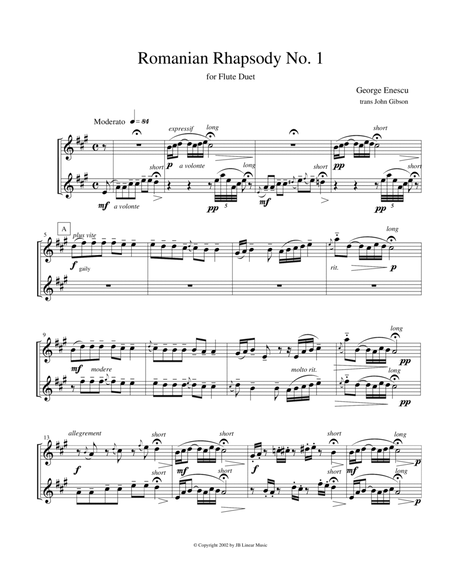
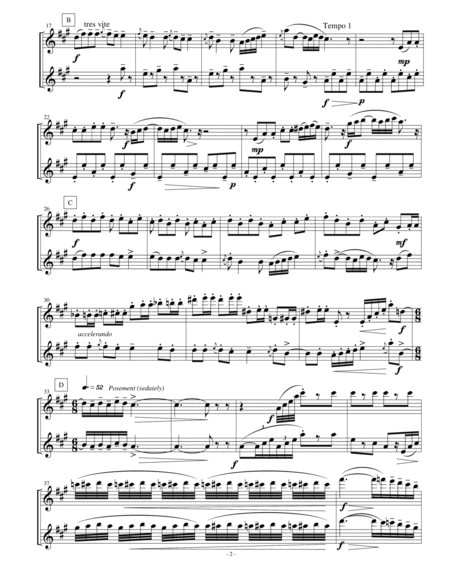
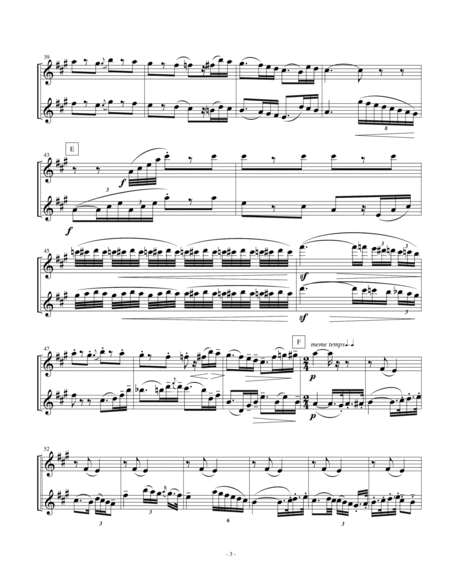
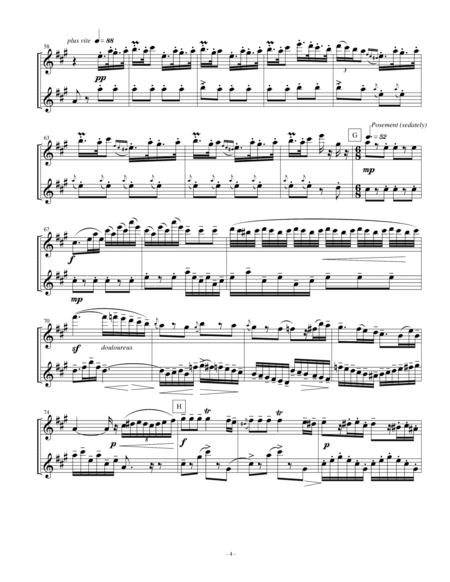
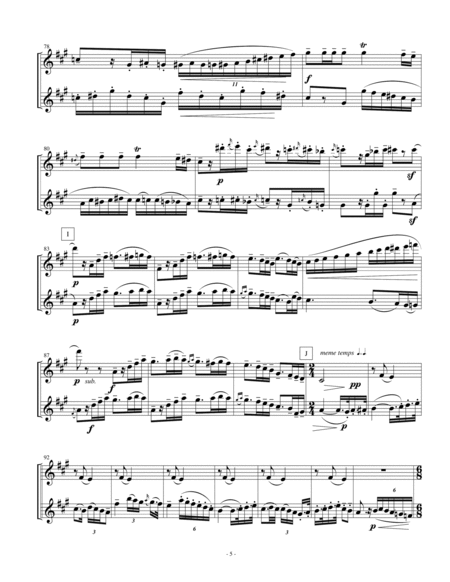
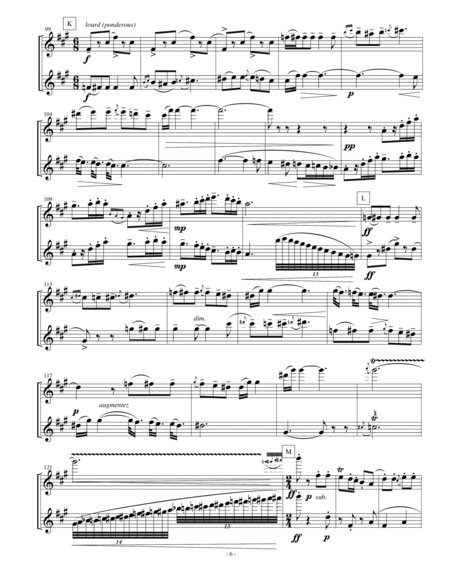
 Share
Share